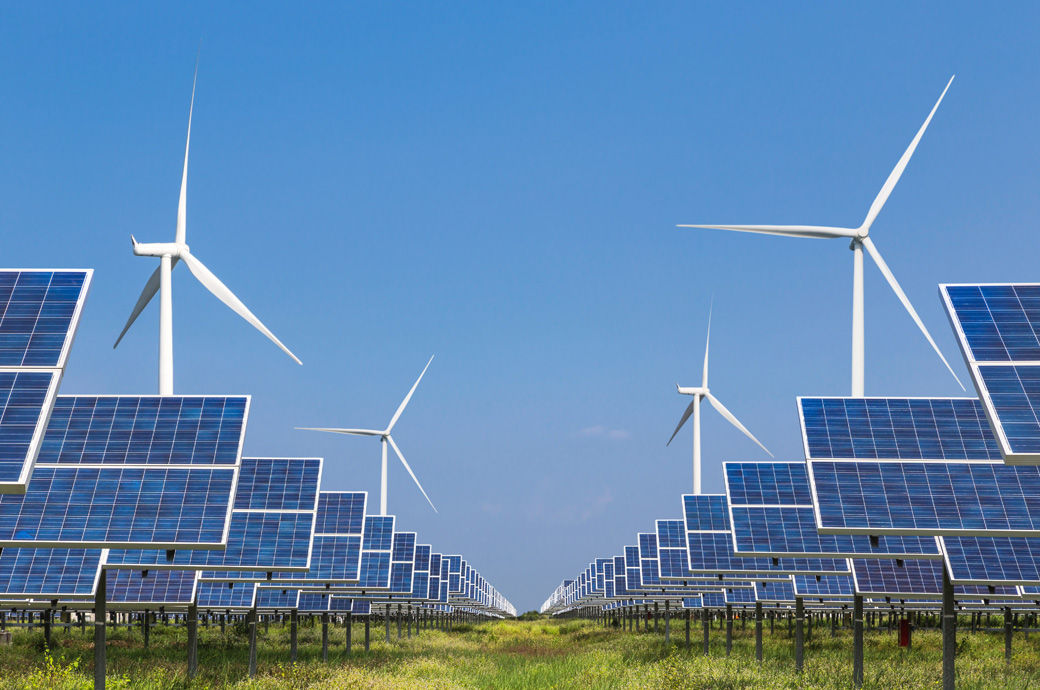
With record construction of solar and wind in 2023, a new era of falling fossil generation is imminent, the report noted.
“The world is now at a turning point where solar and wind not only slow emissions growth, but actually start to push fossil generation into decline,” it said.
The latest forecasts offer confidence that 2024 will begin a new era of falling fossil generation, marking 2023 as the likely peak of power sector emission, it noted.
Renewables have expanded from 19 per cent of global electricity in 2000, driven by an increase in solar and wind from 0.2 per cent in 2000 to a record 13.4 per cent in 2023.
China was the main contributor in 2023, accounting for 51 per cent of the additional global solar generation and 60 per cent of new global wind generation.
Combined with nuclear, the world generated almost 40 per cent of its electricity from low-carbon sources last year. As a result, the carbon dioxide intensity of global power generation reached a new record low, 12 per cent lower than its peak in 2007.
Solar is leading the energy revolution. It was the fastest-growing source of electricity generation for the 19th year in a row, and surpassed wind to become the largest source of new electricity for the second year running. Indeed, solar added more than twice as much new electricity as coal in 2023.
Drought conditions resulted in a record fall in hydropower generation, which dropped to a five-year low last year. Under normal conditions, the clean capacity added during 2023 would have been enough to enable a 1.1 per cent fall in fossil generation.
However, the shortfall in hydropower was met by an increase in coal generation, which led to a 1 per cent increase in global power sector emissions. Ninety-five per cent of the coal generation rise last year occurred in four countries that were severely affected by droughts: China, India, Vietnam and Mexico, the report said.
Global electricity demand rose to a record high in 2023, with an increase of 627 TWh, equivalent to adding the entire demand of Canada. Nevertheless, the 2023 increase of 2.2 per cent was below the average for recent years, due to a pronounced decrease in demand in OECD countries, notably the United States and the European Union (EU).
In contrast, the rapid demand growth in China (plus 6.9 per cent) was equivalent to the total global growth in demand in 2023.
Ember forecasts fossil generation to fall slightly this year, leading to larger falls in subsequent years. Demand growth in 2024 is expected to be higher than in 2023, but clean generation growth is forecast to be even greater, leading to a 2 per cent fall in global fossil generation.
A permanent decline in fossil fuel use in the power sector at a global level is now inevitable, leading to falling sector emissions, it added.
Countries are already demonstrating the key enablers that galvanise rapid growth in solar and wind, including high-level policy ambition, incentive mechanisms and flexibility solutions.
The report highlights three countries—China, Brazil and the Netherlands—which show that despite very different starting points, the combination of these approaches is delivering rapid transformations of their electricity systems and preparing the way for a clean, electrified economy.
Fibre2Fashion News Desk (DS)